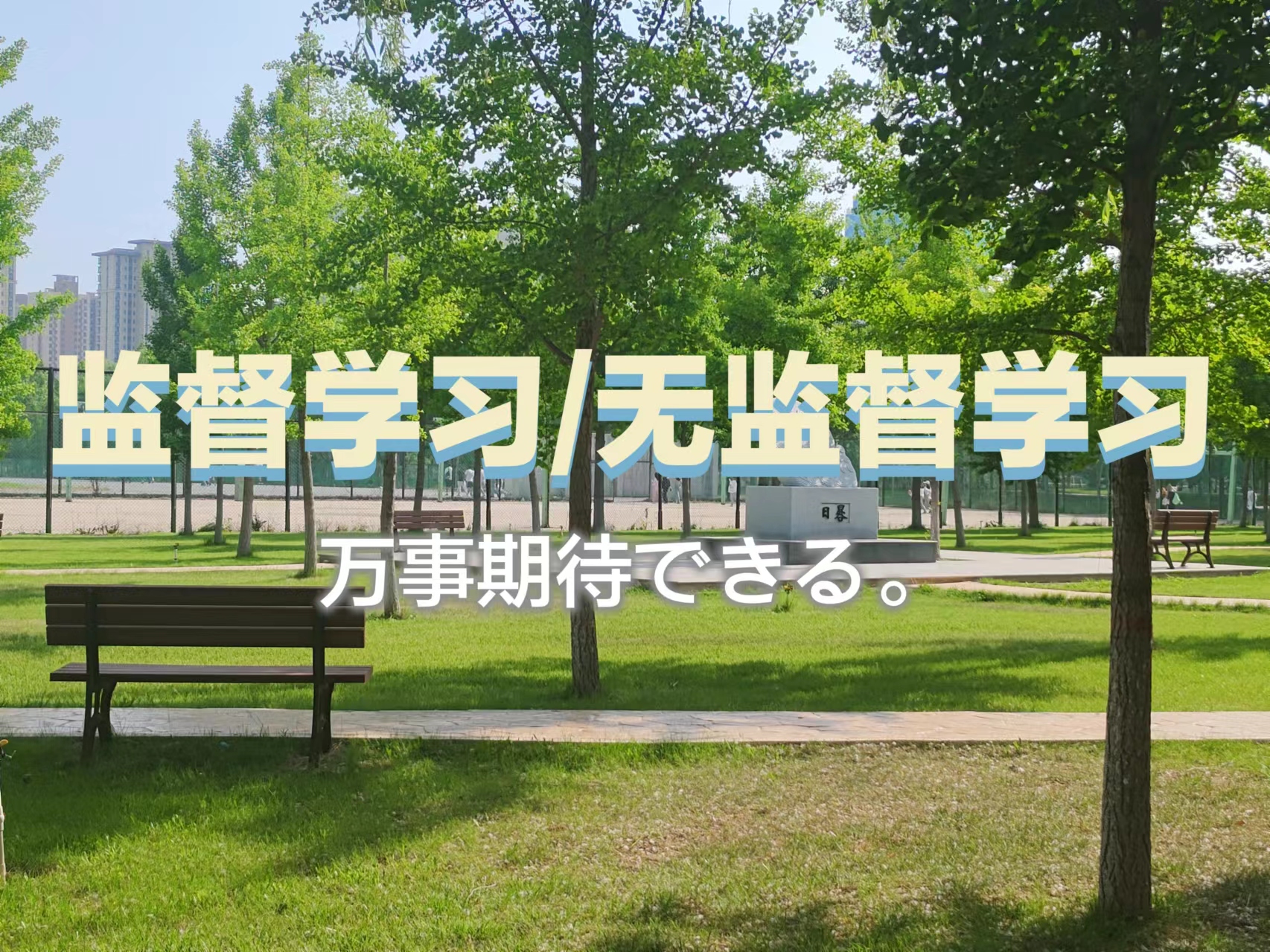自然语言处理

自然语言处理
小游自然语言处理
1、基于BART的评论生成
上huggingface.co找模型进行训练
训练方式:通过给模型数据,让模型根据事例进行预测
2、安装pyahocorasick 包
pip3 install pyahocorasick -i https://pypi.tuna.tsinghua.edu.cn/simple/ |
3、安装neo4j
Neo4j和JDK版本对应(很重要!!!)
javajdk路径:C:\Program Files\Java
Neo4j 版本对 JDK(Java Development Kit)有一些要求和限制。不同版本的 Neo4j 可能需要特定版本的 JDK 才能正常运行。简而言之,用JDK11版本就几乎都适用了
Neo4j 4.0 以及更早的版本:Neo4j 4.0.x 需要 JDK 11。
Neo4j 4.1 到 4.3 版本:Neo4j 4.1.x、4.2.x 和 4.3.x 需要 JDK 11。
Neo4j 4.4 版本及以后:Neo4j 4.4.x 及以后的版本需要 JDK 11 或 JDK 16。
3.1windows下载链接,下载并解压
https://dist.neo4j.org/neo4j-community-4.4.25-windows.zip |
3.2 配置环境变量
3.3 启动测试
win+R cmd
输入
neo4j.bat console |
报错
neo4j.bat不是内部或外部命令,也不是可运行的程序
用powershell打开后
neo4j.bat : 无法将“neo4j.bat”项识别为 cmdlet、函数、脚本文件或可运行程序的名称。请检查名称的拼写,如果包括路径,请确 保路径正确,然后再试一次。
嗯….不知道碰了哪儿,她自己好了
3.4访问网址进行登录neo4j,账号和密码都是neo4j
这个网址要在小黑窗口运行的时候打开
http://localhost:7474 |
到这里就完成啦
4.打造图谱需要的语句
视频用eclipse写的
开头
import os |
结尾
if __name__ == '__main__': |
4.1提取训练数据中的关键字段信息
def read_nodes(self): |
# 最后·创建知识图谱实体节点类型schema |
4.2创建边关系
# 创建知识图谱中心疾病的节点 |
# 建立节点 |
# 创建实体边关系 |
# 创建关联实体边 |
4.3打造图谱模型
5.实现对话部分
5.1简答类
from question_classifier import * |
用户输入的文字跟txt文件里的内容进行匹配
5.2分类模块
region_words将所有特征词相加,将输入的词语跟这个匹配
actree构建树模型,增加匹配速度
ahocorasick是一个算法包,帮助执行匹配
这是主函数
问句过滤主要是为了过滤重复的词,不需要的词,然后提取关键词
这里是分类的语句
根据关键词的不同,将关键词带到分类代码中去查看,看看是否匹配,是否是此方面的回答(代码208是分类)
返回false是不在,返回true是在
有false则进行下一项
查询完成之后,根据查询内容生成sql语句
5.3连接图
6.neo4j使用
评论
匿名评论隐私政策













































